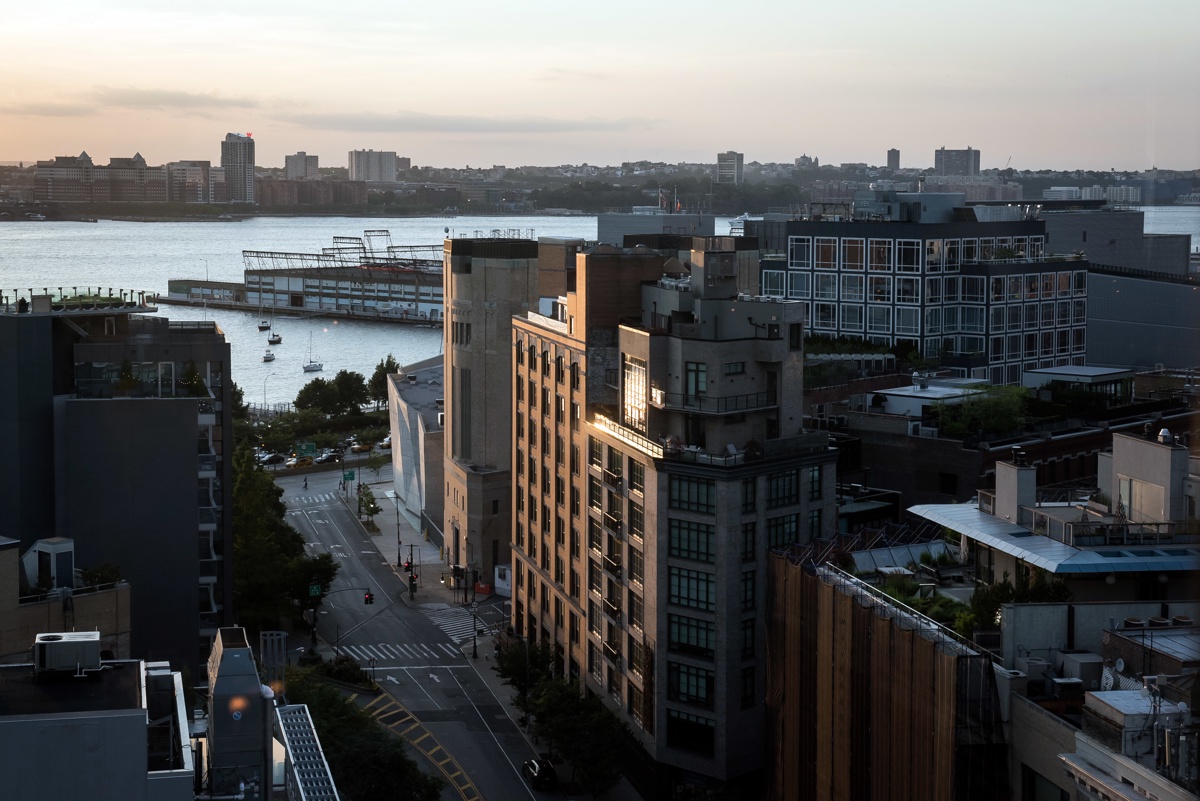Air quality during COVID-19

What happens when NYC stays home? The COVID-19 pandemic upended the lives of all New Yorkers. The outbreak has affected many aspects of our daily life, but there are also less apparent effects, such as impacts on our environment.
The NYC Community Air Survey uses air quality monitors to take hourly measurements of fine particulate (PM2.5) at a few sites around the city.
Generally, locations around the city see changes in PM2.5 levels driven by time of day (air quality gets worse during rush hour and business hours) and weather conditions, which can trap pollution in the city or blow it in from other states.
As New York City and surrounding communities implemented measures to slow the spread of COVID-19, however, the city’s air quality changed significantly. For example, when we look at air quality in Midtown Manhattan, we can decreasing PM2.5 levels as NYC began to stay home.
PM2.5 levels tend to be lower in the spring and fall than in the winter or summer, so it is normal to see levels going down during March and early April. However, high-traffic sites such as midtown Manhattan usually have consistently higher levels of PM2.5 than low-traffic sites. Starting in the spring, the midtown site’s PM2.5 levels were much closer than usual to the low-traffic Queens reference location.
In addition to these unusually low PM2.5 levels, there was a sizeable decrease in nitrogen dioxide, a pollutant which mostly comes from traffic. The following data is measured by the NYS Department of Environmental Conservation at a near-road site along the Long Island Expressway in Queens.
We will continue to track this, so check back for updates to these charts throughout the COVID-19 outbreak and recovery in NYC.
Ed Reed/Mayoral Photography Office, City of New York
Published on:
April 22, 2020